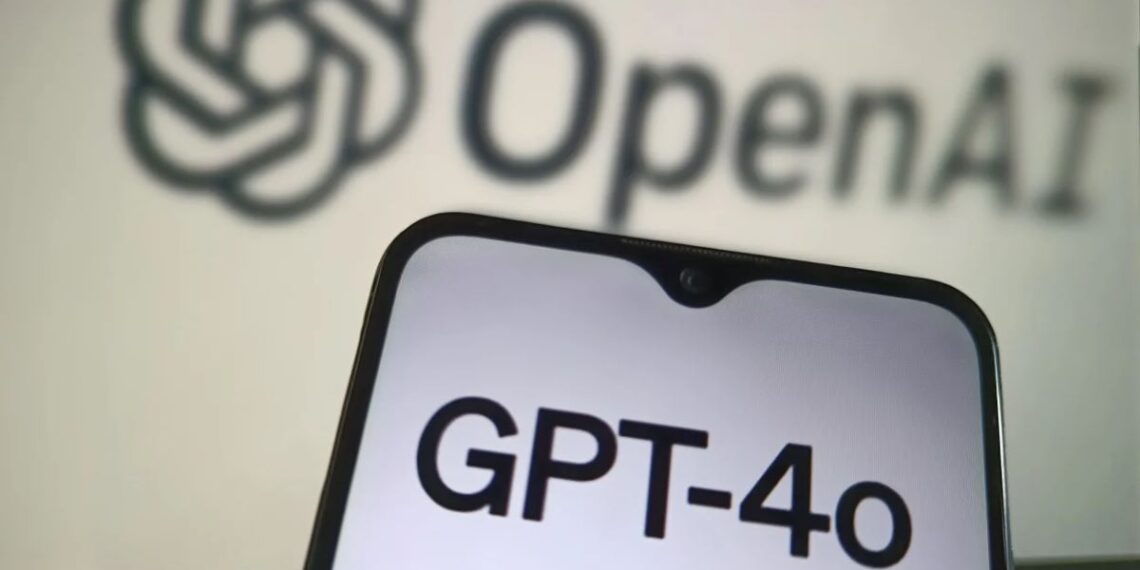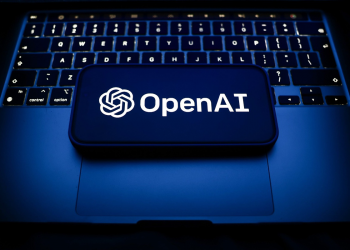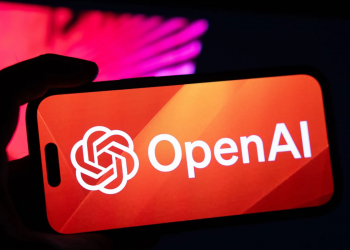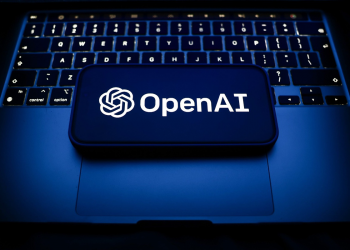OpenAI’s gamble of offering its most powerful AI model yet, GPT-4o, for free on the web, while restricting access on its mobile app, seems to be paying off.
This decision has led to a surge in mobile app subscriptions, generating the company’s biggest-ever revenue spike on mobile devices.
Launched last Monday, GPT-4o is a model capable of handling text, speech, and video, with real-time responses and a variety of emotive voice options. This upgrade enhances the model’s capabilities compared to previous products.
According to Appfigures, an app intelligence firm, the launch has led to a huge increase in users opting for OpenAI’s paid subscription services. While GPT-4o is available for free on the web, mobile users must subscribe to ChatGPT Plus at $19.99 per month to access the new model. It’s been effective, driving a rise in subscription demand on mobile platforms.
Appfigures’ data revealed that the ChatGPT mobile app experienced a 22% revenue increase on the day GPT-4o was launched, with revenue continuing to climb in the subsequent days. By Tuesday, net revenue reached $900,000, nearly doubling the app’s daily average of $491,000. Net revenue figures are reported post-commission deductions by Apple and Google.
The surge surpasses the app’s previous highest revenue spike in April, marking a new achievement. From Monday to Friday last week, the ChatGPT mobile app generated $4.2 million in net revenue across the App Store and Google Play, the largest weekly spike recorded.
The U.S. market contributed to this increase, accounting for $1.8 million of the total revenue. Other top-performing countries included Germany ($282K), the U.K. ($212K), Japan ($210K), France ($147K), Canada ($134K), Korea ($123K), Brazil ($117K), Australia ($102K), and Turkey ($89K). Notably, Apple’s App Store was responsible for 81% of the new revenue.
The trend shows no signs of abating, with indications that the revenue increase may continue or even rise further. This sustained interest shows strong consumer demand for exploring the latest advancements in AI on mobile platforms, even at a higher cost than popular streaming services.












![Stanbic IBTC Unveils Plans for its 7th Youth Leadership Series [YLS]](https://techeconomy.ng/wp-content/uploads/2024/05/Stanbic-IBTC-Unveils-Plans-for-its-7th-Youth-Leadership-Series-YLS-75x75.png)